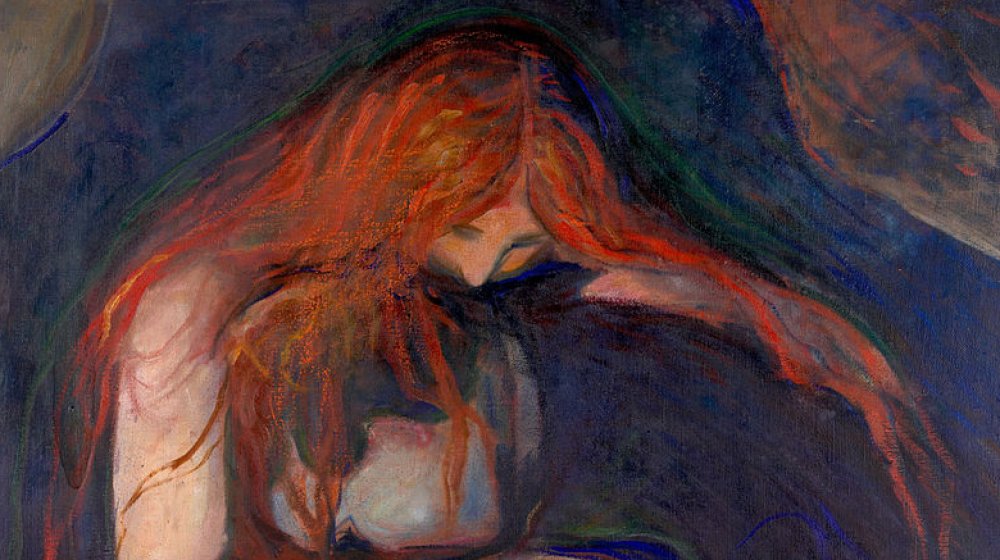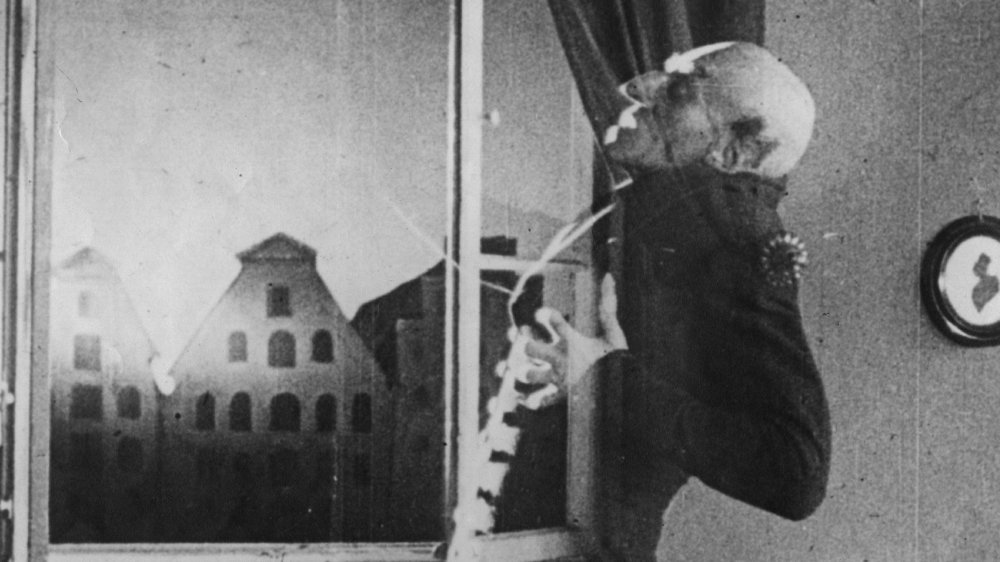The Vampire Who Terrorized Croatia For 16 Years
Long before the CW's The Vampire Diaries and Twilight rode the heartthrob vampire trend to ruin, before Tom Cruise and Brad Pitt were baring their fangs in laced-frilled adaptations of Anne Rice novels, and before Taika Waititi was doing a hilarious send-up of the entire mythos with What We Do In Shadows, vampires were part-and-parcel of a far more ancient set of terrifying myths and legends. Their deep-sinking, sexually symbolic fangs have captured imaginations and tickled suppressed libidos since Bram Stoker's original 1897 novel took those myths and popularized them. His work, written as a series of letters and journal entries, opened the gateway to an entire universe of blood-slathered movies, books, TV shows, games, and questionable cosplay.
For hundreds of years, though, European vampires myths were far less codified, consisting of a vague collection of stories and fears about the spread of disease and the dead coming back to life, particularly during times of plagues, as described in National Geographic. 16th century Italian legends of strega – witches, vampires, lurking what-have-yous — coincide with the placing of bricks in the mouths of the dead to prevent them from coming back to life. 17th century stories of Nachzehrer – "after-devourers" – revolved around burial shrouds sinking after post-death fluids leave the body. Famed 15th century Transylvanian-born tyrant Vlad the Impaler – on whom its speculated that Stoker based Dracula — is one of several real-life inspirations for vampire legends.
Sinking your teeth into a real legend
One such tale is that of Jure Grando, who, according to Croatia's official tourism site, constitutes the first documented, historical case of someone very much living up to folklore. Jure was a 17th-century stonecutter from the Istrian (now Croatia) town of Kring (which now, of course, has a booming tourism industry centered around vampires). Jure passed away from illness in 1656, and was buried in a local cemetery, as the story goes. For the following 16 years he appeared at night to his widow, stinking of death, face decayed, and would even sexually assault her, as described in Total Croatia News. Townsfolk heard noises in the night, knocks on doors, and unexplained deaths followed such occurrences. It seemed that Jure had indeed become a štrigon, a member of the dead who terrorizes the living.
Eventually, mayor Miho Radetić decided enough was enough, and led a group of 9 men, including a priest, armed with honest-to-goodness torches and crucifixes, out to Jure's grave to dig him up and impale him through the abdomen with a wooden stake. As the legend goes, they found his corpse smiling and intact. They got scared, ran away, and once they went back said some holy words over the body, all attempts at piercing it failed. In the end, a local named Stipan Milašić raised his axe over Jure's dead head and took the blade down on the neck. There was a horrific scream, and blood gushed out of the neck till it flooded the grave. From that day, the village was safe, and legends persist amongst locals to this day.

